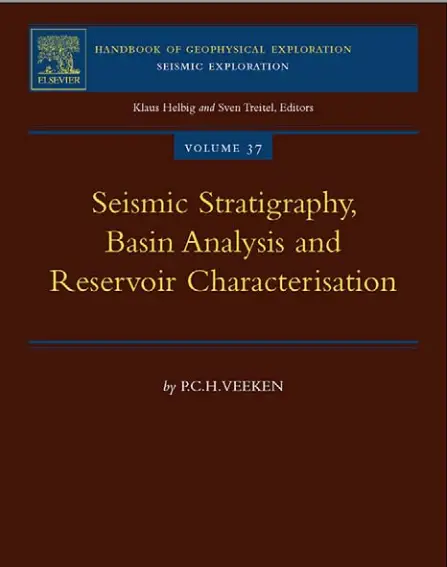Saad Iqbal | 🗓️Modified: March 30, 2015 | ⏳Read Time: 2 min | 👁Post Views: 815
The interest in seismic stratigraphic techniques to interpret seismic datasets is expanding continuously. The advent of sophisticated subsurface reservoir studies and 4D monitoring, for optimizing the hydrocarbon production in existing fields, do demonstrate the importance of the 3D seismic methodology.
The added value of reflection seismic has clearly been proven in the last decades and it was especially beneficial on the petroleum development side. Seismic reflection profiles form a vast and solid data source of information on the structure of the subsurface. The seismic dataset gets nowadays explored in ever greater detail. These kind of investigations provide a vital tool for delineation of subtle hydro-carbon traps and are essential in regional basin analysis.
The big advantage of seismic stratigraphy in basin studies lies in the fact that the methodology combines two very different scales of observation: the seismic and well-control approach. This explains why many work-ers are using seismic stratigrahic principles to evaluate their seismic observations.
Name of the Book
Handbook of Geophysical Exploration
Seismic Exploration
Seismic Stratigraphy, Basin Analysis and Reservoir Characterization
Author of the Book
P.C.H. Veeken
Contents of the Book
Introduction
The Seismic Reflection Method and Some of Its Constraints
Seismic Stratigraphic Techniques
Dynamics of Basinwide Sedimentation Patterns and sealevel Changes
Hydrocarbon Habit
Seismic Reservoir Characterisation
Volumetrics and Prospect Evaluaton
Concluding Remarks
Download the Book
The Content is for Members Only !!!
This Book is available to download only for our Bronze, Silver & Gold Level Members, you can simply click the button below to signup / login for your membership & Download.
Download this Book



















